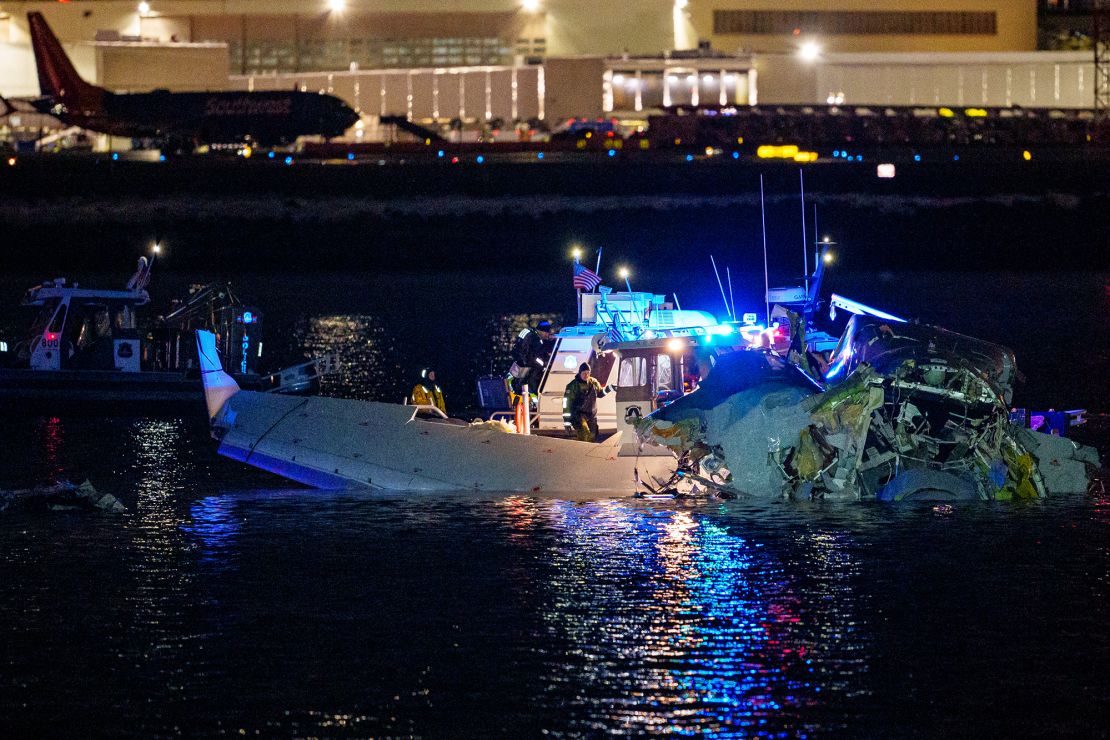You hear the wheels rumble against the tarmac, as the plane prepares for takeoff. Its wings lift up toward the sky, and you realize you are no longer protected by the ground’s comforting stability. Any sudden movements in the scattered clouds make your heart beat turbulently, fearing the possibility of falling at any given moment. But what happens when this hypothetical anxiety becomes a horrifying reality?
At just 300 feet above the ground, American Airlines flight 5342—returning from Wichita, Kansas—collided with US Army Black Hawk in Washington D.C, collecting a death toll of sixty-seven passengers. This crash became the deadliest commercial accident in twenty-four years, leaving no survivors. Despite the control tower’s contact with the helicopter and aircraft, a series of miscommunications led to the collision, causing an unforeseen tragedy that left numerous families in mourning. Before landing on Runway 33, the passenger plane was approaching a recognized conflict zone. However, investigators determined that the helicopter was flying at a higher altitude than it should have been, which eliminated the needed vertical separation between the two aircraft. The helicopter’s pilots, Staff Sergeant Ryan O’Hara, Chief Warrant Officer 2 Andrew Eaves, and Capt. Rebecca M. Lobach claimed they spotted an aircraft, but the controller did not inform them of the position of the American Airlines flight in relation to the helicopter. Consequently, the Black Hawk’s pilots perhaps assumed they saw the American plane, when, in reality, they were observing another plane or lights in the night sky.
This crash was one of many aerial catastrophes occurring at the start of the new year, including nearly 100 severe accidents just this year. Numbers this high indubitably produce an increase in aviophobia for civilians worldwide, further augmented by the media coverage that exposes the repetitive complications experienced within air travel. Despite these accidents, however, millions still choose to fly each day due to the heavy reliance our modern world has on this mode of transportation. As we reflect on this specific crash and the thousands of others that have occurred throughout time, the airline industry must focus its efforts on improving and enhancing the safety of flying, ultimately offering a sense of security for passengers in the skies.











